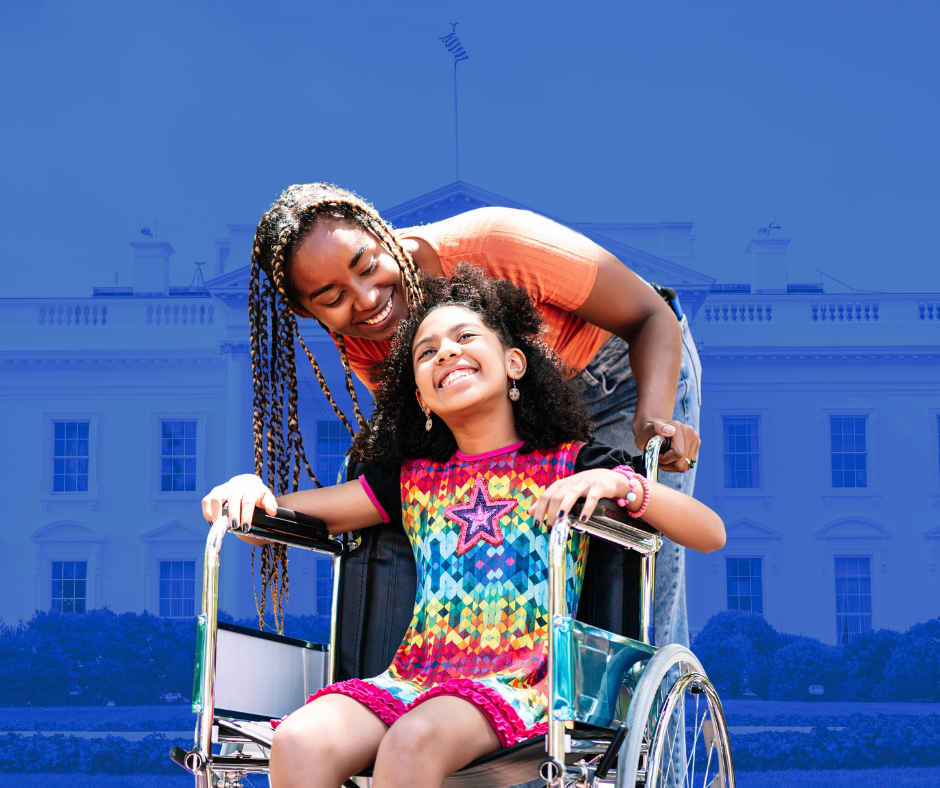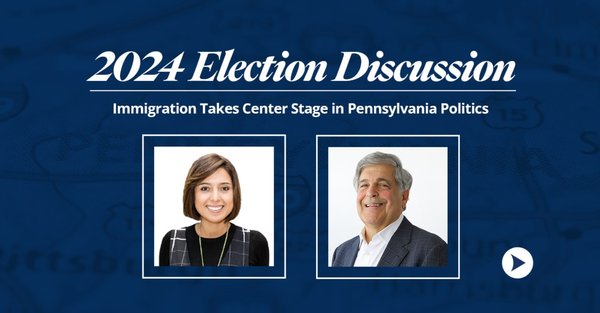A Legal Pathway for Family Caregivers

Mariah Ferguson, Policy Advocacy Associate at the Immigration Hub
America has waited far too long for our leaders to address our nation’s broken immigration system. Congress has repeatedly failed to deliver immigration reform. Now, with the threat of a possible re-election of Donald J. Trump, the hope of immigrant families lies in President Biden’s hands. He can meet the urgency of the moment and take administrative actions to deliver legal pathways for hundreds of thousands of undocumented caregivers, spouses of U.S. citizens, and many more workers who have long been part of our communities.
A growing chorus of national and local elected leaders, civil society, labor groups, and business voices are calling on the Biden administration to act swiftly to afford them relief. President Biden could take a significant step forward by making work permits more accessible to long-settled individuals who have significant caregiving responsibilities for their American children and spouses.
A path forward for America’s caregivers
Under our laws, certain undocumented individuals may request cancellation of their removal in immigration court if they meet the following conditions: 1) they have lived in the U.S. continuously for ten years, 2) they have had good moral character for ten years; 3) they pass a criminal background check; and 4) deporing them would cause exceptional hardship to their U.S. citizen or LPR parent, spouse, or child. This form of relief, known as non-LPR cancellation of removal, allows 4,000 individuals annually to obtain green cards. If applicants are successful, they may become eligible for work authorization while they wait to receive a green card.
Among them are immigrants like Mauricio. He cares for his U.S. citizen son with autism and other disabilities, while working to allow his wife to be the child’s primary caregiver. In immigration court, Mauricio was able to successfully establish that if he were deported, his wife would have to work full-time, leaving a child with complex needs without a caretaker, and that his son would suffer exceptional and extremely unusual hardship as a result. Mauricio typifies the type of caregivers that are good candidates for this form of relief.
However, since this form of relief can only be granted by an immigration judge, most who aren’t already in immigration proceedings never functionally have the opportunity to apply for it. Some have taken risky steps to put themselves in deportation proceedings for this purpose, but the reality is that for the vast majority such a step is scary and too risky. As a result most individuals cannot access this potentially powerful form of relief even though they, like Mauricio, potentially have strong cases.
It doesn’t have to be this way. The Biden administration can update the caregiver rule right now.
The U.S. Departments of Homeland Security and Justice should propose and finalize its joint regulation to expand access to this form of relief by creating a mechanism to allow individuals to initiate these claims with USCIS. USCIS officers would conduct a preliminary review for eligibility, and only those cases that meet threshold requirements would be referred to the immigration courts for fuller consideration. These changes would encourage individuals and their families to carefully consider the strengths of the cases with qualified attorneys before they opt to initiate immigration proceedings.
Providing relief to family caregivers stands to benefit tens of thousands of immigrants by providing them with a legal pathway to work authorization and green cards. According to the American Journal of Public Health, 20.5% of immigrants in the United States are caregivers to an adult, such as a spouse or parent. An additional number of immigrants are also caregivers to their minor children, providing support in tasks such as daily activities and health care. FWD.us estimates that there are at least 1.6 million undocumented individuals that have lived in the U.S. for at least ten years and have a U.S. citizen child. With changes to streamline current processes, thousands of individuals who were functionally locked out of this form of relief could gain access and get on path to legal status.




